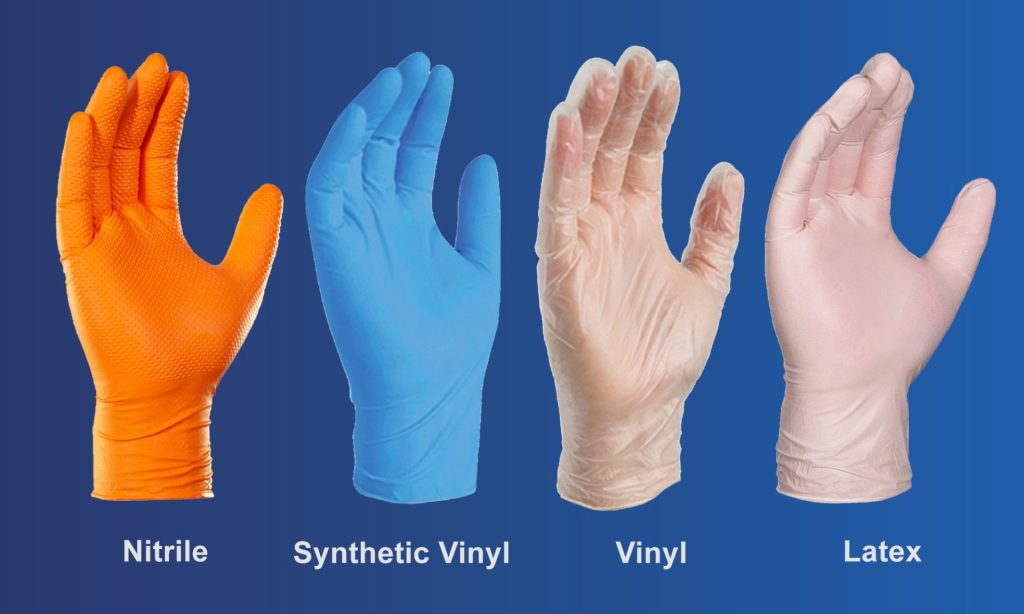In recent years, the use of gloves has become increasingly prevalent, especially in healthcare settings. Two types of gloves that are commonly used are nitrile gloves and latex gloves. While both gloves are effective at protecting against contamination, there are significant differences between the two that are important to consider when choosing which one to use.
Latex gloves
Latex gloves are made from natural rubber latex, which is a renewable resource. They are known for their elasticity, comfort, and sensitivity, which makes them a popular choice for medical procedures that require a high degree of dexterity. It also provides excellent barrier protection against bacteria and viruses, making them ideal for use in healthcare settings.
However, some individuals are allergic to it, and exposure to latex gloves can cause severe reactions. In addition, latex is not as resistant to punctures and tears as nitrile gloves. They are also more permeable to chemicals and other substances, which can lead to skin irritation or allergic reactions.
Nitrile gloves
Nitrile gloves, on the other hand, are made from a synthetic rubber material that is resistant to punctures, tears, and chemicals. They are an excellent alternative for individuals who are allergic to latex, as they do not contain any natural rubber latex proteins that can cause allergic reactions. Nitrile gloves are also more durable than latex gloves and provide better barrier protection against bacteria and viruses.
These gloves are available in a range of colors, including blue, purple, and black, which makes them ideal for use in industries where color coding is important. They are also more resistant to oils and greases, making them a popular choice in the automotive and food service industries.
Conclusion
In conclusion, both gloves have their advantages and disadvantages. If you are not allergic to latex and require a high degree of dexterity, latex may be the best choice for you. However, if you have a latex allergy or require gloves that are more resistant to punctures and tears, nitriles are the better option. Ultimately, the choice between the two types of gloves will depend on your individual needs and preferences.










